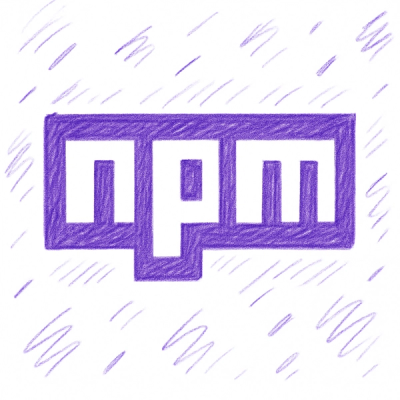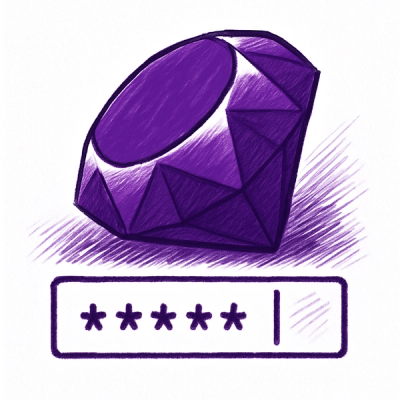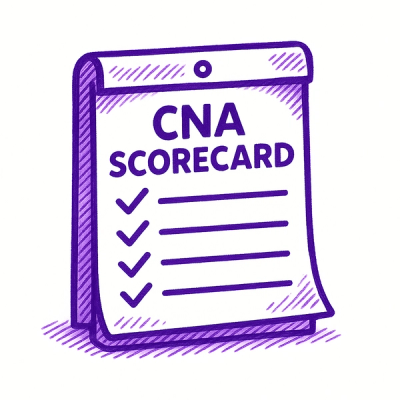
Security News
npm Adopts OIDC for Trusted Publishing in CI/CD Workflows
npm now supports Trusted Publishing with OIDC, enabling secure package publishing directly from CI/CD workflows without relying on long-lived tokens.
com.github.lecho:hellocharts-library
Advanced tools
Charting library for Android compatible with API 8+(Android 2.2).
#HelloCharts for Android
Charting library for Android compatible with API 8+(Android 2.2). Works best when hardware acceleration is available, so API 14+(Android 4.0) is recommended. Apache License 2.0.
##Features
##Screens and Demos
hellocharts-samples directory, requires appcompat v21.






##Download and Import
####Android Studio/Gradle
build.gradle: dependencies{
compile 'com.github.lecho:hellocharts-library:1.5.8@aar'
}
jitpack.io repositiory and dependency to your build.gradle: repositories {
maven {
url "https://jitpack.io"
}
}
dependencies {
compile 'com.github.lecho:hellocharts-android:v1.5.8'
}
####Eclipse/ADT
hellocharts-library-<version>.jar into the libs folder of your application project.##Usage
Every chart view can be defined in layout xml file:
<lecho.lib.hellocharts.view.LineChartView
android:id="@+id/chart"
android:layout_width="match_parent"
android:layout_height="match_parent" />
or created in code and added to layout later:
LineChartView chart = new LineChartView(context);
layout.addView(chart);
Use methods from *Chart classes to define chart behaviour, example methods:
Chart.setInteractive(boolean isInteractive);
Chart.setZoomType(ZoomType zoomType);
Chart.setContainerScrollEnabled(boolean isEnabled, ContainerScrollType type);
Use methods from data models to define how chart looks like, example methods:
ChartData.setAxisXBottom(Axis axisX);
ColumnChartData.setStacked(boolean isStacked);
Line.setStrokeWidth(int strokeWidthDp);
Every chart has its own method to set chart data and its own data model, example for line chart:
List<PointValue> values = new ArrayList<PointValue>();
values.add(new PointValue(0, 2));
values.add(new PointValue(1, 4));
values.add(new PointValue(2, 3));
values.add(new PointValue(3, 4));
//In most cased you can call data model methods in builder-pattern-like manner.
Line line = new Line(values).setColor(Color.Blue).setCubic(true);
List<Line> lines = new ArrayList<Line>();
lines.add(line);
LineChartData data = new LineChartData();
data.setLines(lines);
LineChartView chart = new LineChartView(context);
chart.setLineChartData(data);
After the chart data has been set you can still modify its attributes but right after that you should call
set*ChartData() method again to let chart recalculate and redraw data. There is also an option to use copy constructor for deep copy of
chart data. You can safely modify copy in other threads and pass it to set*ChartData() method later.
##Contributing
Yes:) If you found a bug, have an idea how to improve library or have a question, please create new issue or comment existing one. If you would like to contribute code fork the repository and send a pull request.
#License
HelloCharts
Copyright 2014 Leszek Wach
Licensed under the Apache License, Version 2.0 (the "License");
you may not use this file except in compliance with the License.
You may obtain a copy of the License at
http://www.apache.org/licenses/LICENSE-2.0
Unless required by applicable law or agreed to in writing, software
distributed under the License is distributed on an "AS IS" BASIS,
WITHOUT WARRANTIES OR CONDITIONS OF ANY KIND, either express or implied.
See the License for the specific language governing permissions and
limitations under the License.
HelloCharts library uses code from InteractiveChart sample available
on Android Developers page:
http://developer.android.com/training/gestures/scale.html
FAQs
Charting library for Android compatible with API 8+(Android 2.2).
We found that com.github.lecho:hellocharts-library demonstrated a not healthy version release cadence and project activity because the last version was released a year ago. It has 0 open source maintainers collaborating on the project.
Did you know?

Socket for GitHub automatically highlights issues in each pull request and monitors the health of all your open source dependencies. Discover the contents of your packages and block harmful activity before you install or update your dependencies.

Security News
npm now supports Trusted Publishing with OIDC, enabling secure package publishing directly from CI/CD workflows without relying on long-lived tokens.

Research
/Security News
A RubyGems malware campaign used 60 malicious packages posing as automation tools to steal credentials from social media and marketing tool users.

Security News
The CNA Scorecard ranks CVE issuers by data completeness, revealing major gaps in patch info and software identifiers across thousands of vulnerabilities.